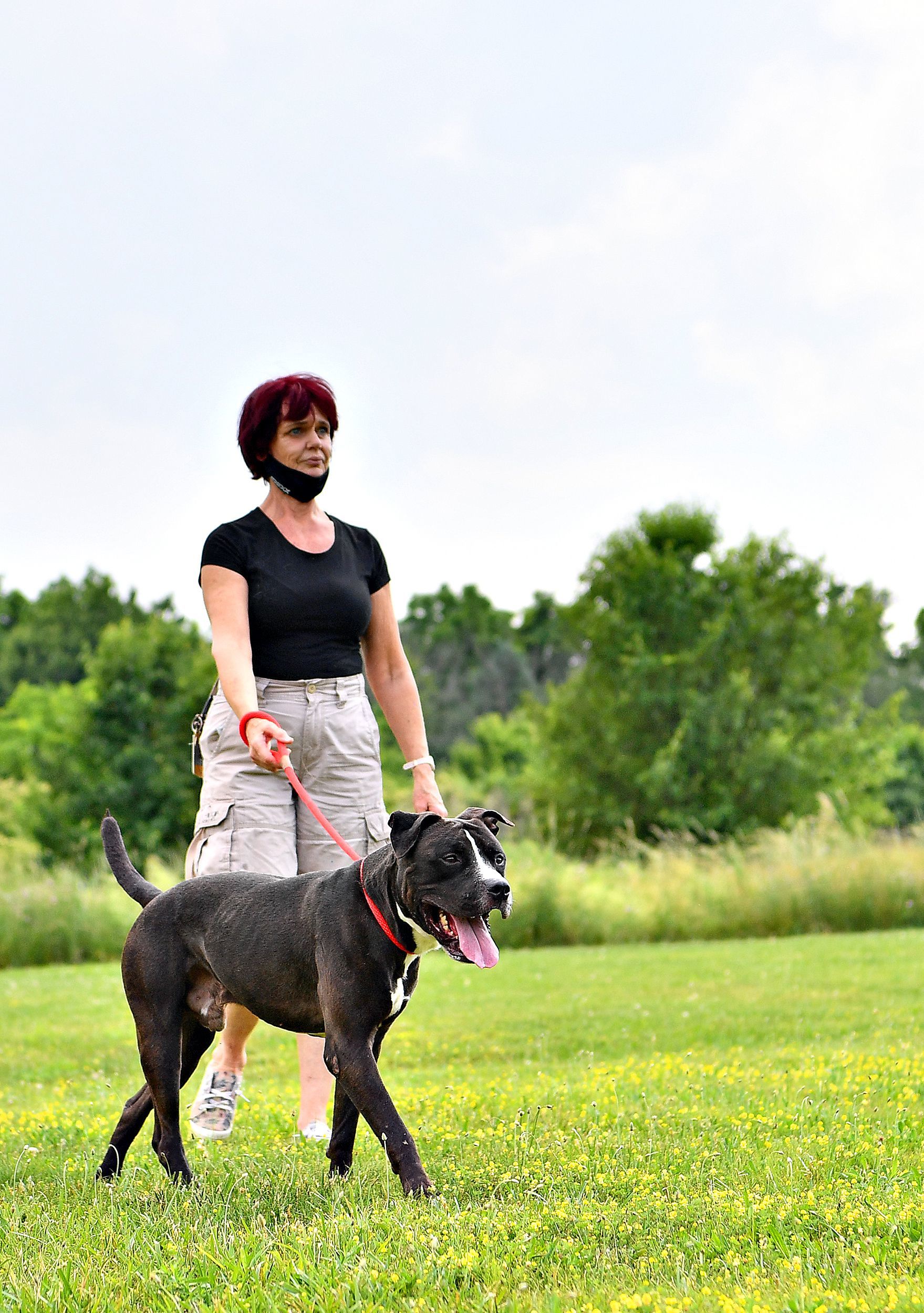
Each year in the United States, veterinarians see thousands of dogs for heat-related illness (HRI), also called heat stroke. Heat stroke occurs when a dog’s internal body temperature rises above 104°F due to an increased environmental temperature, not related to a fever. This is most common when the dog is shut in a hot car, or exerts physical effort on an especially hot or humid day.
Early signs of heat stroke include restlessness, heavy panting, increased heart rate, dry gums, and bounding pulses. If the dog’s temperature continues to rise to the 107-109° range, the heart cannot pump enough blood to vital organs, organ damage and failure occurs, followed by seizures, coma, and even death.
As heat stroke is a life-threatening emergency, it is extremely important for pet owners to seek veterinary attention as soon as they become concerned about heat related illness. However, there are a few first aid tips that can be quickly administered while arrangements to see a primary care or emergency veterinarian are made.
Things to do:
- Remove your dog from the hot environment immediately.
- Move them to a cool environment, and place a fan directly on him or her.
- If possible, use a thermometer to record your dog’s rectal temperature.
- Bring down your dog’s temperature by wetting their body with cool water. Place cool, wet towels over the back of the neck, in the armpits, and in the groin region. These towels need to be constantly replaced as they heat up and no longer provide cooling. You may also wet the paws with isopropyl alcohol. Directing a fan on the wet coat will help to speed evaporative cooling and is the most efficient way to quickly cool your dog down. Rapidly cooling the dog is extremely important, followed by immediately transporting your dog to the closest veterinary facility.
Things to avoid:
- Do not overcool the dog. Pets with heat stroke have body temperatures greater than 104°F, and a reasonable goal of cooling is to reduce your pet’s body temperature to 102.5-103°F while transporting to the closest veterinary facility. Bringing the temperature too low can cause hypothermia.
- Do not attempt to force water into your pet’s mouth. You may have fresh cool water ready to offer should your pet be alert and show an interest in drinking.
- Do not place ice packs against your dog’s skin. Ice can decrease the flow of blood to the skin, making it difficult for your dog to regulate their temperature.
- Do not leave your pet unattended for any length of time.
Certain dogs are more likely than others to suffer from heat stroke. These include brachycephalic breeds like English bulldogs, French bulldogs, Boxers, Pugs, and Boston terriers, as well as dogs that are muzzled and cannot pant, dogs that are overweight, or dogs that are unaccustomed to physical activity.
As temperatures continue to rise this summer, take extra care to ensure your pet is always in a cool, well-ventilated area, with cool fresh water to drink. If you notice signs of heat stroke, administer the first aid tips above, followed by immediate transport to a veterinarian for ongoing care. The earlier treatment is administered, the more likely that the dog can make a full recovery.








